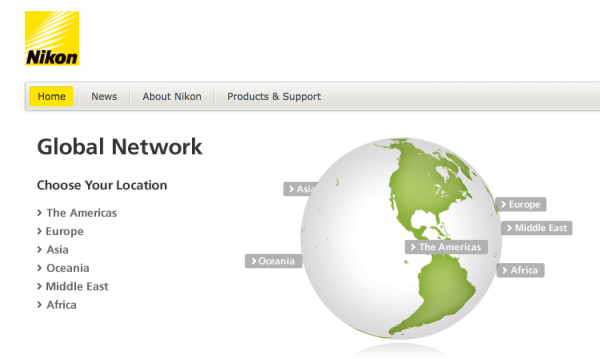Website Personalization Approaches: Explicit, Implicit, and Contextual
Website personalization is becoming increasingly ubiquitous across popular sites, to a point that many users don't even recognize when it's being presented to them. This post provides an in-depth view into the different types of website personalization and how businesses use them to present users with the right content at the right time.
The concept of website personalization is a simple one.
To improve the overall experience of its users, a site utilizes information — such as geographical location, browsing history, and demographic data — to present unique content that’s specific to each individual’s needs. We’ve all experienced the power of personalization and an improved experience through Netflix, Amazon, and Facebook. These sites improve our digital experience – and draw us deeper into the product – by providing the most relevant content.
In our work with education, healthcare, and travel clients, we find many companies just beginning to explore the potential of online personalization. Here are the three main types of personalization that we’re exploring – from least to most complex.
Explicit Website Personalization
Explicit website personalization is when a website experience is tailored to you based on criteria that you set. For example, Nikon.com asks you to explicitly personalize your web experience by selecting your geographic region. This preference is saved in cookies which allows you to skip this step on your second visit.

Preferences are always selected by the user in the explicit model: my location, my geography, etc.
Limitations of Explicit Website Personalization
Explicit personalization works fine as long as the user’s personalization preferences rarely change. For example, my Hertz Gold personalization preferences work well for me because I only use this profile for business travel. When I travel for business, I always want the same sized car, to pay for my own gas, and skip the optional navigation service. My explicit preferences make booking a car faster and easier.
However, if I set similar explicit preferences on other travel sites I’d run into trouble. Why? My preferences change based on the type of travel I’m booking. I have different preferences when I’m traveling with family than when I’m looking for a getaway with my wife or when I travel for business. To make this a good site experience, I really need three explicit profiles – and that just becomes too much to manage.
The challenge with explicit personalization is that we are complex individuals and we want different things at different times. Explicit personalization can’t adapt to that.
Implicit Website Personalization
Implicit personalization is based on relationships between products, people, and content. Implicit personalization relies on vasts amount of data and metadata to create relationships between entities.
-
Amazon uses implicit personalization to suggest related products.
-
Facebook uses the massive amount of data it has at its disposal – called the social graph – to recommended friends on social networks.
-
The New York Times uses implicit personalization to suggest related content. When implicit personalization works it is seamless and magical.
Contextual Personalization
This is what Apple’s Siri and Google Assistant are optimizing for: these apps suggest activities or destinations based on your current location and current time. In other words, they use context to make your experience more relevant. For example, Apple maps suggests restaurants around me that might still be open based on my GPS coordinates and the time of day.
In some cases these apps merge explicit and contextual information to improve user experience. When Apple maps tells me it’s 18 minutes to drive home, it’s using the explicit information in my profile – my home address – with the contextual information – the time of day when I usually drive home, the day of the week, my current location, and live traffic data.
What Can You Do to Implement Personalization on Your Site
Which type of personalization you implement — and how you implement it — will depend on a number of factors:
-
The industry your site services
-
What data you are currently collecting about your users
-
What additional data you would like to collect
-
The types of content you offer to users (products, articles, social networking, etc.)
-
The budget that you have available
There are several personalization software solutions that are relatively easy to implement across a range of CMS platforms. We’ve partnered with Evergage on a number of projects, and our clients have been very happy with the results. There are also a number of other industry leaders that provide varying degrees of personalization services, including Acquia Lift (specific to Drupal CMS), Hannon Hill Spectate (available on any CMS platform), and Sitecore (integrated into Sitecore CMS).
Even if you don’t have the budget for a dedicate personalization software solution, there are some small things you may be able to do with the information you already have.
For example, tracking user IP address data can give you a sense of where the user is most likely located geographically. This could allow you to identify international visitors and toggle different language and currency settings based on their country.
If your site requires that users register and create profiles, the information you request could then be used to tailor their site experience any number of ways; limited only by the data you have and the flexibility of your site infrastructure and development team.